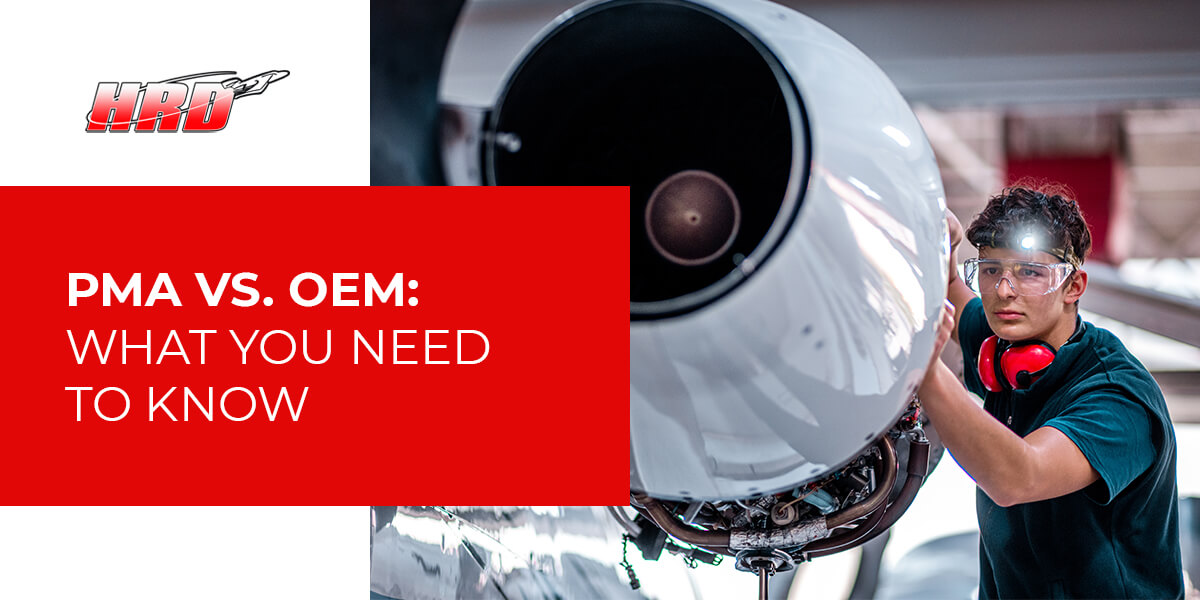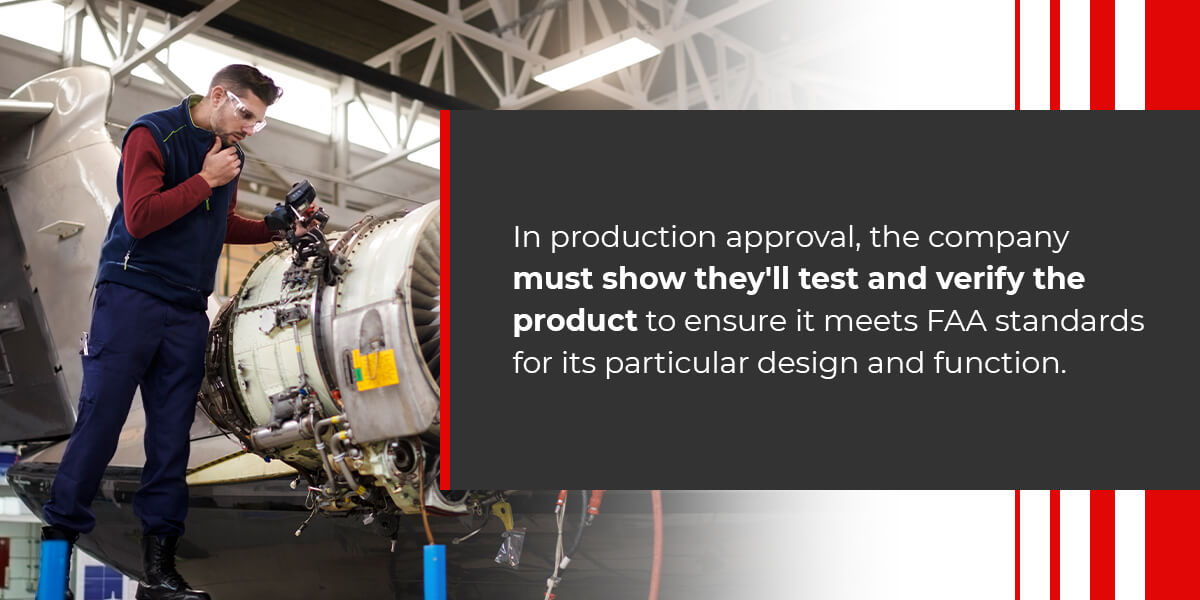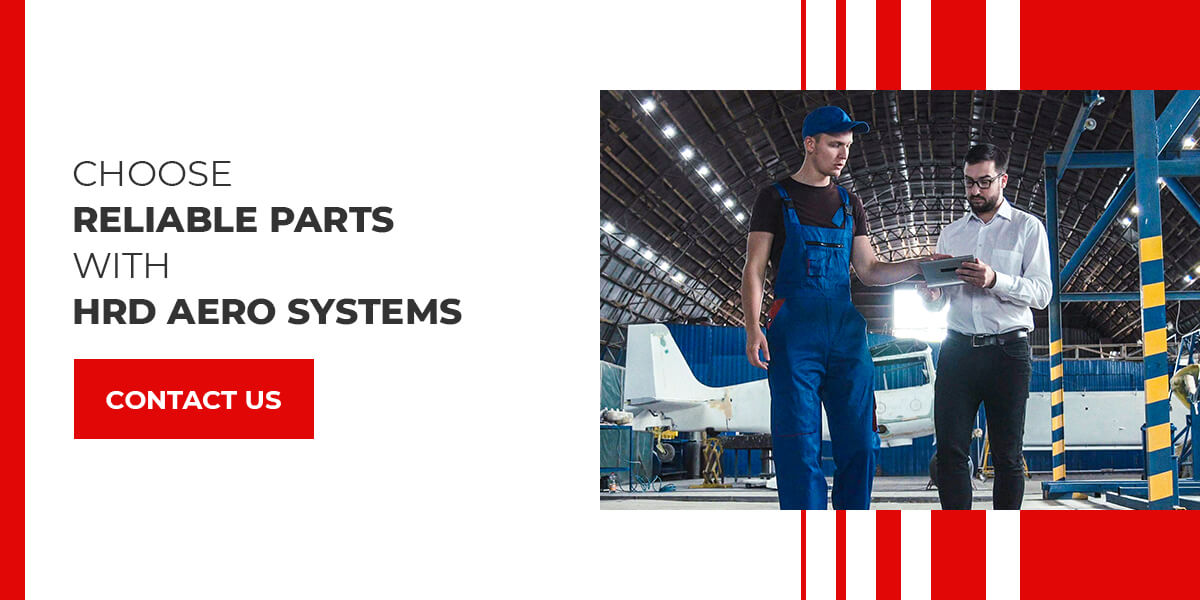PMA Aviation vs. OEM Aviation: What You Need to Know
Among aircraft parts distributors, the debate between parts manufacturer approval (PMA) and original equipment manufacturer (OEM) parts can be confusing and controversial. To understand how both options work, it’s important to learn about their past and current standards.
In some ways, these two types of parts have more similarities than you might expect. The best option for your operational requirements will depend on the application, so you’ll want to consider the advantages each type of part can offer for your operations. In this post, we’ll explore the meaning of PMA and OEM parts and compare the two so you can make an informed decision about your options.
What Is a PMA Aviation Part?
A PMA part is manufactured by a company with the approval of the Federal Aviation Administration (FAA). The FAA PMA designation demonstrates the company’s authorization to produce aircraft parts that meet industry standards. As an aftermarket part, this label means the product has received adequate testing that meets FAA standards for airworthiness. It also ensures the parts have been manufactured according to approved procedures from the FAA.
Historically, aftermarket products only emerged in the market after World War II, when consumers needed replacement parts for aircraft. At that time, PMA parts became available for civil aerospace applications. Their availability allowed them to become a source of competition to OEMs, eventually leading to conflicting ideas on which option is best for aerospace equipment.
PMA parts can come in several different forms, from non-critical to critical. Some may need to be identical to an OEM part, while others are permitted to make minor adjustments to the OEM design.
FAA PMA Approval
To meet FAA PMA approval standards, companies must meet combined design and production criteria. These businesses follow a rigorous approval procedure involving an application, risk assessment, engineering tests, verification of installation usability and several other steps to complete the process.
During the design approval stage, a PMA company must demonstrate that their modification or replacement part meets specific standards for that part from the FAA. The FAA will review the part design to determine if it meets regulatory requirements at a quality equal to or better than the original. Once the design is approved, it certifies the part modification meets airworthiness standards for eligible products without infringing on the OEM’s patent.
The certification process follows these criteria:
- Title 4 of the code of federal regulations
- AC 43-18, Fabrication Manufacturer Approval Procedures
- Order 8110.42, Parts Manufacturer Approval Procedures
In production approval, the company must show they’ll test and verify the product to ensure it meets FAA standards for its particular design and function. The agency will need to ensure that a system for production is in place to verify that each manufactured part matches the FAA-approved design.
Throughout the process, Manufacturing Inspection District Offices (MIDO) monitor and confirm production and quality systems to ensure the company can deliver a trustworthy aerospace component. These offices provide assistance for obtaining manufacturing certifications and production approval.
What Is an OEM Aviation Part?
In aviation, OEM stands for Original Equipment Manufacture parts. OEMs have long been the leader in distributing critical parts for aircraft in the aerospace industry, as these parts were originally the only option for equipment parts. The original manufacturer produces and installs the original parts for the equipment, and they make standardized products that will fit those precise specifications for replacement or repairs. These products have a record of established quality in design and performance when used in the original equipment.
OEM Aviation vs. PMA Aviation Comparison
PMA and OEM aviation parts have somewhat different backgrounds, but they’re subject to the same industry standards. These options have two key metrics to compare — the quality and price. As you consider OEM and PMA parts’ differences and similarities, you can identify the best fit for your specific applications.
1. Quality of Parts
To go out on the market, both PMA and OEM aviation products must undergo rigorous testing and meet standards requirements. PMA companies must navigate the in-depth approval process to ensure full compliance and product quality. OEM aviation parts, meanwhile, have been proven successful through their use in the original equipment. Within the industry, established quality gates stipulate the material and design qualities that a product must have to be sold for use in equipment.
In the aerospace industry, the FAA’s regulations ensure the quality of aftermarket parts remains consistent with the quality of OEM parts. As a result, the quality of PMA and OEM aviation parts is essentially the same. Often times the PMA’s are from the same supplier the OEM uses. Additionally, in some cases, PMA components may have a slightly higher quality because manufacturers can address and resolve functional issues in the OEM.
2. Price of Parts
In the past, OEMs were relied upon as the only option for the best quality of parts. As a consequence, OEMs had little competition and kept prices high. However, as aftermarket replacement parts became more common, OEMs eventually adjusted pricing for specific components.
Today, manufacturers can still complete PMA production for lower costs, leading to more cost-effective product offerings. PMA components don’t compromise on quality while being readily available at a lower price point than OEM parts.
When you’re making a decision on which option is best for your applications, you’ll want to consider the specific parts you need for your operations. Would a PMA adjustment be expedient for your equipment? Does your particular equipment look exactly the same, whether it’s a PMA or OEM part? Evaluate your priorities and the options available for your particular equipment.
Choose Reliable PMA Parts With HRD Aero Systems
When you need trusted components for repairs or replacing equipment, HRD Aero Systems offers dependable PMA aviation products to meet your needs. As a PMA company, we’re able to provide parts at a faster turnaround rate while meeting rigorous industrial standards. Additionally, we focus on providing custom solutions tailored to our customer’s specifications and applications, and we build trusted relationships with our clients to help offer tailored solutions.
By maintaining an extensive product inventory, we can rapidly exchange or sell units and offer same-day shipments. If you need repairs or other solutions, we’ve been offering FAA-approved, world-class services for over three decades. Whatever your requirements, we offer prompt turnaround, 24-hour emergency assistance.
HRD Aero Systems is here to provide the solutions you need for your aerospace applications. As we pursue continuous improvement, offer trusted products and provide exceptional customer service, we can address your operational requirements with reliable solutions. For more information on our product offerings, contact us today.




